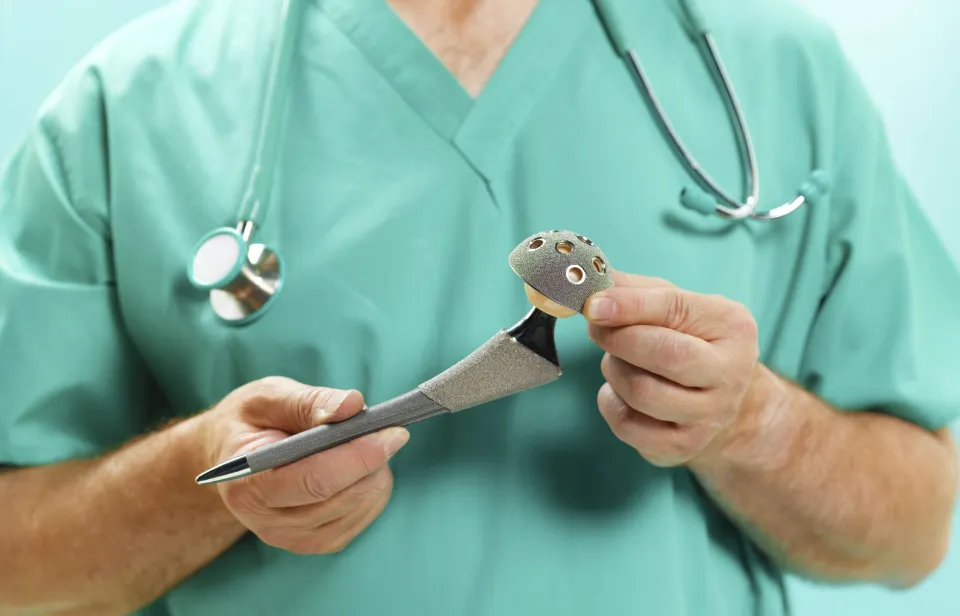What to do on hip replacement preparation? You’ll be given a schedule of your necessary presurgical appointments by the office manager of your surgeon. In general, you’ll need to take the following actions prior to hip replacement surgery.
Category: Knee&Hip&Shoulder Replacement

What is shoulder replacement preparation? Prior to surgery, some patients will receive an interscalene block, which will numb their arm and shoulder. Patients usually continue to receive general anesthesia even with a block.
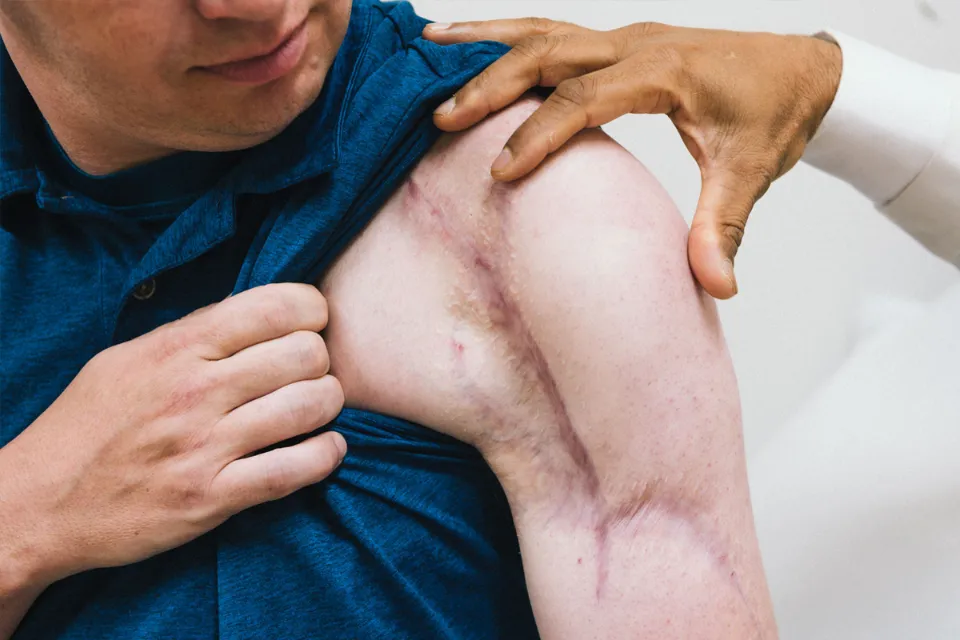
In order to treat severe shoulder fractures, the first shoulder replacement surgery was performed in the US in the 1950s. The use of shoulder joint replacement for other painful conditions has increased over time.

This guideline covers care before, during and after a planned knee, hip or shoulder replacement. It includes recommendations to ensure that people are given full information about their options for surgery,
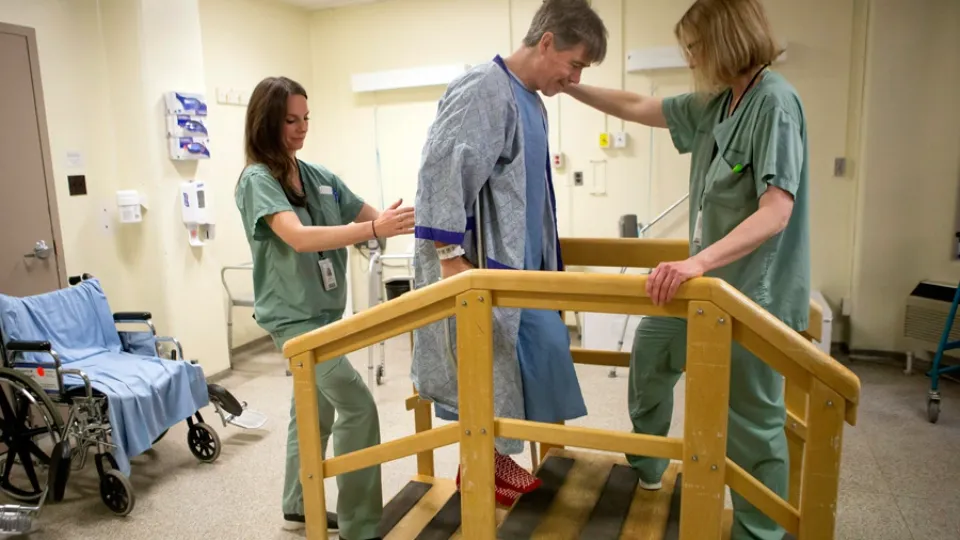
Depending on your age and general health, you can expect to be able to walk around your home without a cane anywhere from three to six weeks after having a hip replacement.
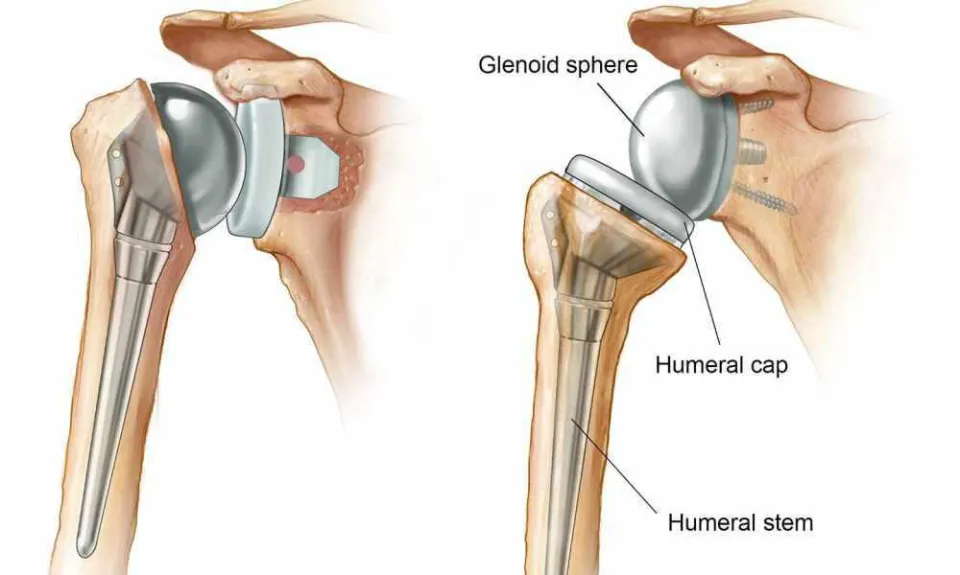
Most patients who undergo an uncomplicated total shoulder replacement can anticipate six to eight weeks of physical therapy. Most often, 12 to 16 weeks after surgery, patients are back to normal.
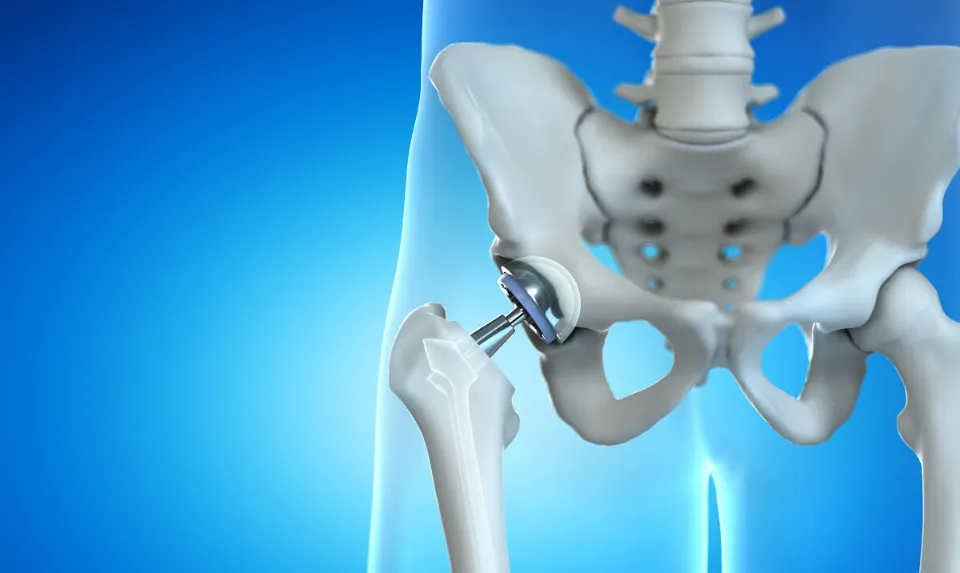
Hip replacement implants that are becoming looser can hurt. Groin or upper thigh pain, new popping or clicking sounds, and joint instability are all signs of a loose hip replacement. How do you fix a loose hip replacement?
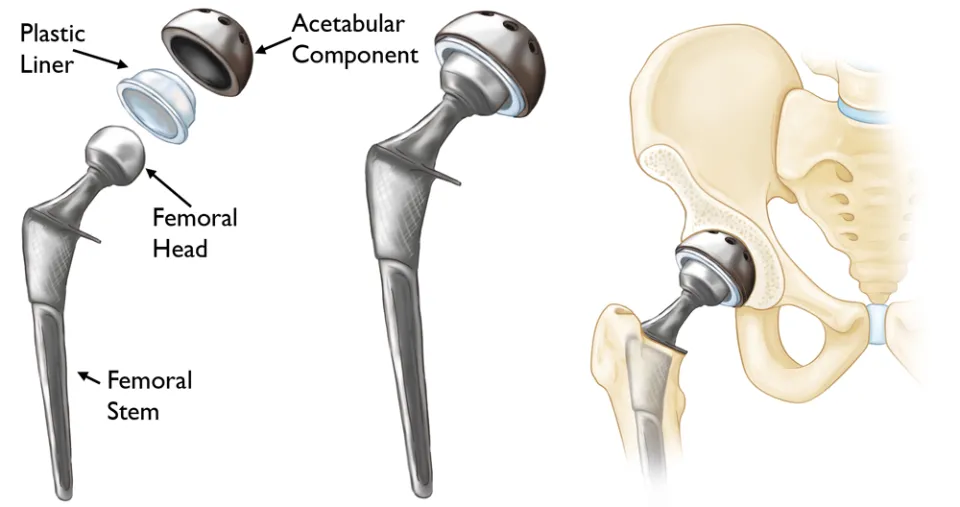
A complete titanium hip replacement typically weighs between one and two pounds. The stem, head, shell, and liner are all required for a complete system replacement.
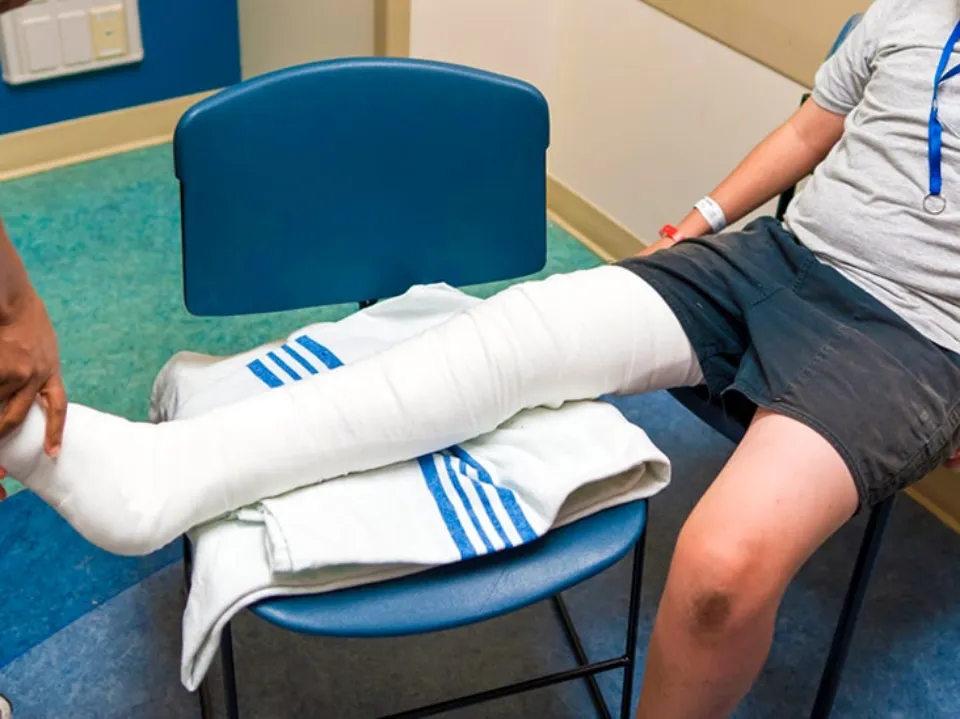
Whether it’s your bed, the sofa, or somewhere else, find the most comfortable place to sleep at home and claim it for your femur fracture recovery.
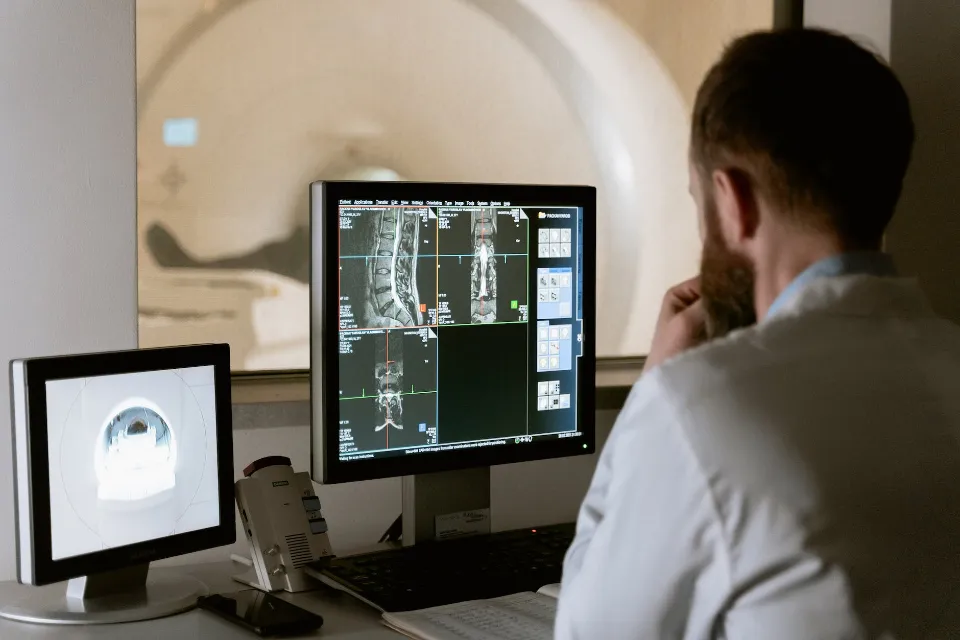
A thorough physical examination, lab tests, and a diagnosis are all part of the preoperative evaluation for knee replacement surgery. Your risk profile is determined by the evaluation’s findings.
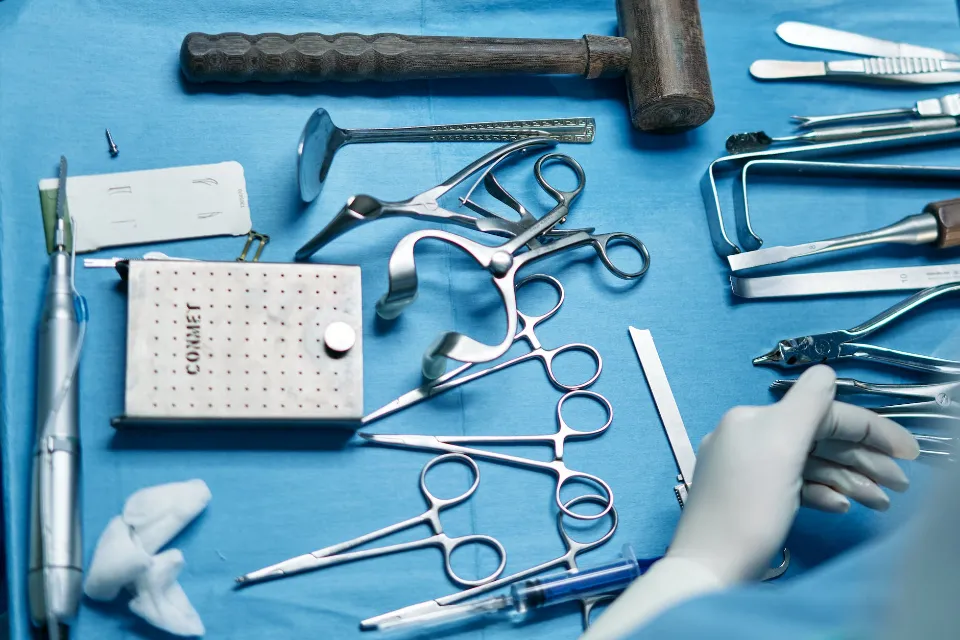
Exercises help to build up the back and hip muscles. Your hips will be better aligned and less likely to chafe if these muscles are strong.

Following knee replacement surgery, you can exercise in comfortable shorts and warm socks with good bottom grip. You can also wear loose-fitting sweaters or shirts.

Range of motion is constrained after shoulder surgery. In addition, you do not have much arm strength, so shoulder specialists usually recommend that you do not drive for the first six weeks.

If any of the following apply to you: Your hip joint is extremely painful, swollen, stiff, and limited in its range of motion. Your hip pain is so severe that it affects your quality of life and sleep.
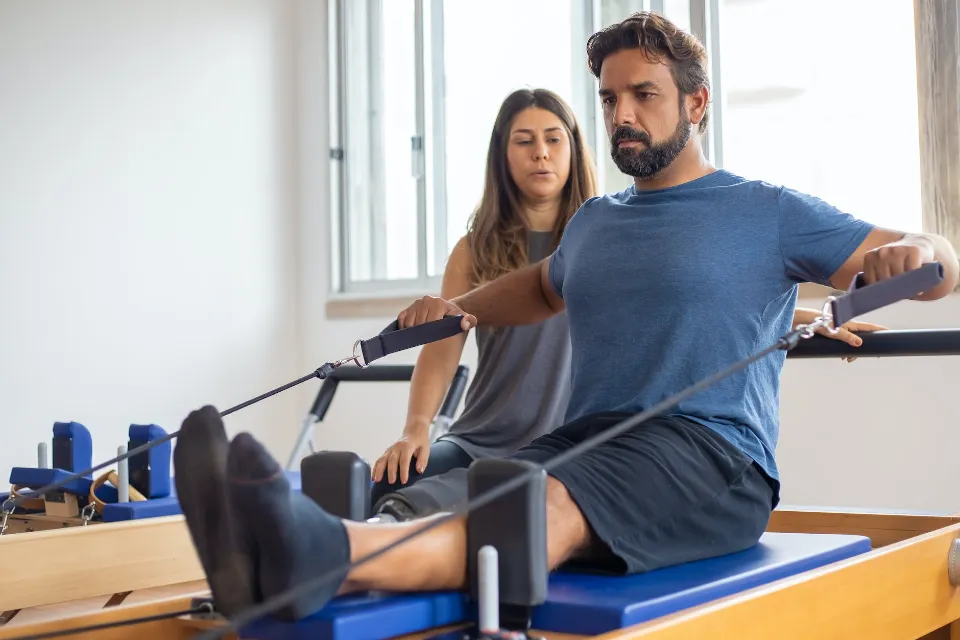
For a few days after surgery, do not resist getting up and walking around as instructed by your surgeon or physical therapist.

In a total knee replacement, both sides of the knee joint are replaced. The procedure takes between 1 and 3 hours.

